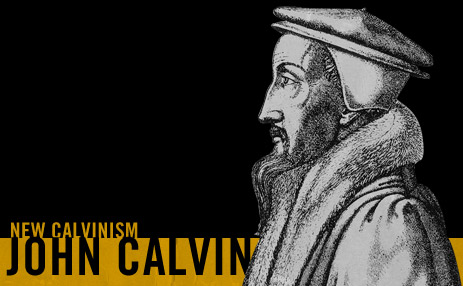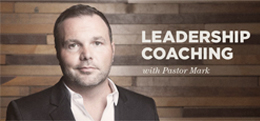
At the age of twenty-seven Calvin settled in the city of Geneva. There he sought to fulfill his missiological church planting vision—to build a city that operated according to the principles of the Bible as an outpost for the kingdom of God on earth. Through his preaching and teaching Calvin became the most famous citizen in Geneva, refashioning every aspect of society from, law to theology, seeking to bring it under the lordship of Jesus and authority of his Word. Many years later, Marxist genius
Leon Trotsky, who helped Lenin create the Soviet Union out of the Russian Revolution of 1917, said that Karl Marx and John Calvin were the two greatest revolutionaries in all of Western history.
Geneva: The Wonderful Miracle
In the 1550s John Calvin saw the population of his city of Geneva double as Christians fled there from persecution. One of those refugees who came to Geneva was the Englishman John Bale, who
wrote, “Geneva seems to me to be the wonderful miracle of the whole world. For so many from all countries come here, as it were, to a sanctuary. Is it not wonderful that Spaniards, Italians, Scots, Englishmen, Frenchmen, Germans, disagreeing in manners, speech, and apparel, should live so lovingly and friendly, and dwell together like a . . . Christian congregation?”
God in his loving providence forced Geneva to become a short-term training ground in missions, where Christians from varying cultures lived together under the teaching of John Calvin and had to determine for themselves what to receive, reject, and redeem from their culture so as to effectively contextualize the gospel and do evangelism.
The Genevan Church Planting Explosion
After they had such wonderful theological training and missiological experience, many of the Christians returned to their cultures once persecution subsided. The result was an explosion of contending, contextualizing, and church planting, which is the logical result of the first two works. In fact, in France there were only five underground Protestant Churches in 1555, but by 1562, 2,150 churches were planted, with some three million people in them. Furthermore, some of the churches were megachurches, with anywhere from four to nine thousand people in attendance.
Additionally, Calvin sent church planting missionaries to Italy, the Netherlands, Hungary, Poland, and the free imperial city-states in the Rhineland. The Atlantic Ocean was even crossed by church planting missionaries Calvin sent to South America and what is today Brazil.
Calvin's Missiological Legacy
Along with
Martin Luther, Calvin is regarded as the most towering figure of the Protestant Reformation, although the two men never met. Calvin is credited with helping to bring about the rise of capitalism and democracy, which emerged from his theological teaching and helped to shape the entire Western world. Movements such as Puritanism, as well as the modern-day Presbyterian and Reformed churches, follow in his legacy.
Today, men such as
Lesslie Newbigin,
Tim Keller, and
Ed Stetzer carry forward the legacy and influence of Calvin on missiology and church planting. These three men, one deceased and two living, are faithfully and fruitfully taking the same ideas that drove Calvin and applying them to our own age with keen insight.
« Newer
Older »
 Tue Dec 02, 2014
Tue Dec 02, 2014
 Tue Oct 14, 2014
Tue Oct 14, 2014
 Tue Oct 07, 2014
Tue Oct 07, 2014
 Tue Sep 30, 2014
Tue Sep 30, 2014
 Tue Sep 23, 2014
Tue Sep 23, 2014

 At the age of twenty-seven Calvin settled in the city of Geneva. There he sought to fulfill his missiological church planting vision—to build a city that operated according to the principles of the Bible as an outpost for the kingdom of God on earth. Through his preaching and teaching Calvin became the most famous citizen in Geneva, refashioning every aspect of society from, law to theology, seeking to bring it under the lordship of Jesus and authority of his Word. Many years later, Marxist genius Leon Trotsky, who helped Lenin create the Soviet Union out of the Russian Revolution of 1917, said that Karl Marx and John Calvin were the two greatest revolutionaries in all of Western history.
At the age of twenty-seven Calvin settled in the city of Geneva. There he sought to fulfill his missiological church planting vision—to build a city that operated according to the principles of the Bible as an outpost for the kingdom of God on earth. Through his preaching and teaching Calvin became the most famous citizen in Geneva, refashioning every aspect of society from, law to theology, seeking to bring it under the lordship of Jesus and authority of his Word. Many years later, Marxist genius Leon Trotsky, who helped Lenin create the Soviet Union out of the Russian Revolution of 1917, said that Karl Marx and John Calvin were the two greatest revolutionaries in all of Western history.